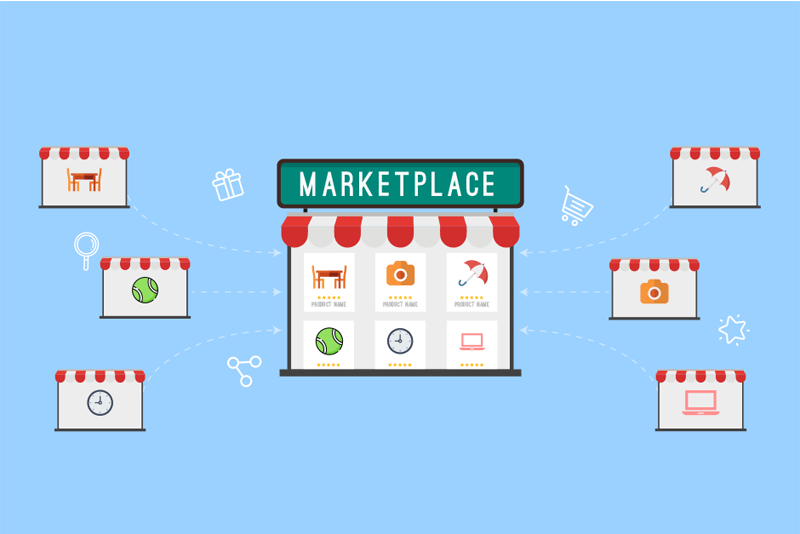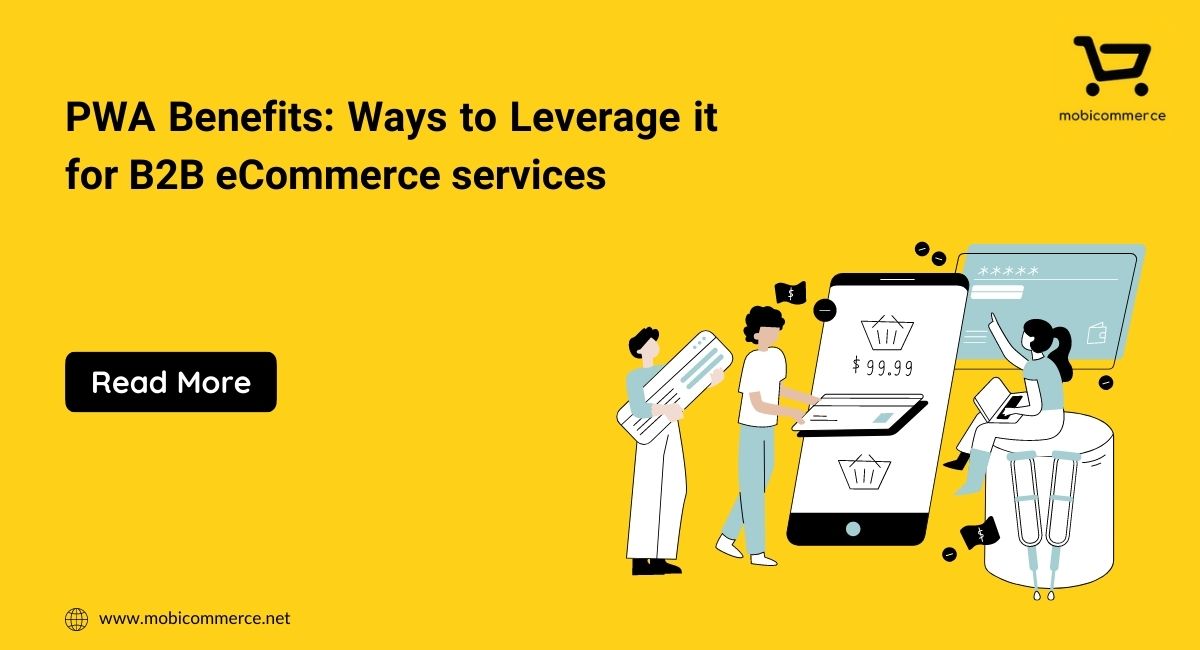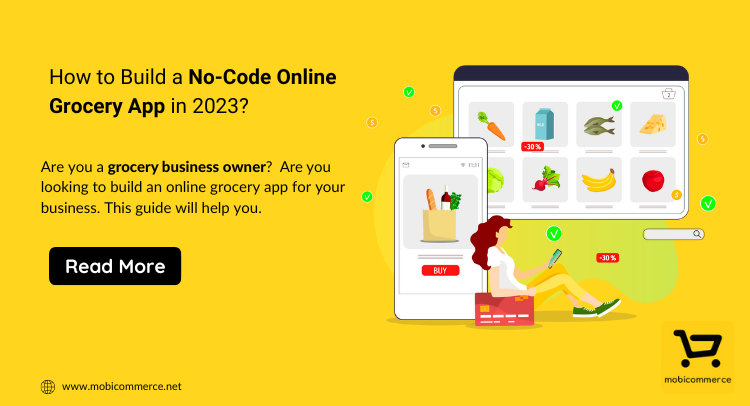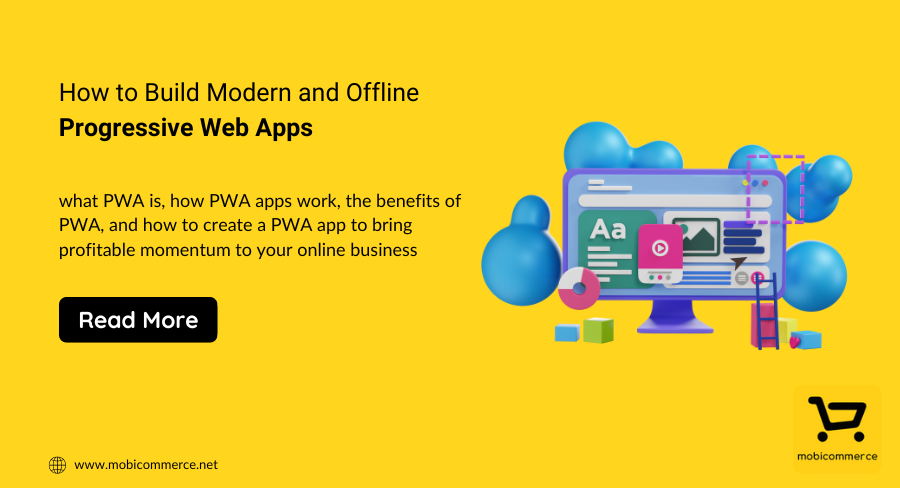
Magento’s reputation has been built upon its bang for buck and strong digital commerce solution for businesses ranging from small to mid-sized.There are a host of plugins available and supported by Magento that make implementation of an ecommerce marketplace business model on this platform highly feasible. These are those features that are considered to be a must have for a marketplace webstore. And that kind of modularity offered by Magento makes it one of the most user-friendly ecommerce development platform currently available on the market. Additionally, that also makes personalizing your Magento based ecommerce store a breeze.
Personalization is key for Magento multivendor marketplace
We are not talking about the personalization offered that is ironically generalized, i.e., one which is focused on a specific demographic as opposed to individual customer. But with Magento multivendor marketplace, individual consumer centric personalization is possible. No two consumers will be shown same products, categories or prices. But before we delve into how Magento makes it possible we need to familiarize ourselves with multivendor marketplace.
A multivendor marketplace is an ecommerce platform where products from multiple vendors are marketed at a common marketplace, for instance Amazon, eBay.
The need for a multivendor marketplace
So why should one create a multivendor store? an entire new dimension of possibilities is opened up by a multivendor marketplace which the single vendor ecommerce stores just simply can’t beat.
It gives you room to create a webstore to sell virtually anything to a category specific online store that sells products for that one category from multiple vendors, for instance electronics, clothing, etc. We have barely scratched the surface of its potential.

You extend the range of your webstore by offering products from other vendors which you natively can’t provide. The site traffic is propelled higher and the management time for store is also drastically cut down. One of the biggest advantages that the multivendor marketplace offers is the freedom from worrying about the inventory management since there is virtually no inventory to keep, you in fact act as a moderator for suppliers as opposed to being a supplier yourself.
Recommended Blog: A Handy Guide to Pick The Right Multi-Vendor Marketplace for Your Business
To add to above, the personalization offered goes even deeper wherein the vendor can enable or disabled their specific merchandise and the admin can remove or disable individual or multiple products from the seller.
How is Magento marketplace personalizing B2B
The below mentioned factors are key to creating a highly personalized shopping experience
1. Intuitive navigation and search: Ensuring that the consumer navigate your site easily and discover their sought products conveniently is key. Magento multivendor marketplace does that by enabling synonyms, filters, sorting by business rules, and auto suggestions. It is the easiest method that converts customers in the fewest no. of clicks possible.
2. Account personalization: You have the facility of customizing your customer’s account which your consumer seeks as he wants you to understand his business and predict his needs. Account personalization delivers on that with simplified ordering made possible by targeted messaging.
3. Tailored, dynamic pricing: You can dramatically improve your consumer relations via dynamic pricing. It enables you to show through prices the negotiated contract pricing terms and pre- configured business rules. This also boosts the profit earned.
4. Product recommendations:Offering your consumer carefully curated shopping recommendations is another personalizing aspect that is executed with precision by Magento multivendor marketplace. Consumers want the convenience of retail shopping experience provide that with product recommendation based on consumer shopping habits.
5. Quick repeat ordering: B2B customers usually know exactly what they want and will order again. Make purchases easier by highlighting their previous orders and automating re-orders.
6. Loyalty programs: Another way of strengthening consumer relations and personalization, is loyalty program. Each of your consumer can be offered a reward scheme based on their shopping trends on your webstore and encourage them to shop more. This will cultivate a sense of value in the customer.
7. All devices: Personalization is also focused on optimizing your features for all devices and not just desktops. These include smartphones and tablets. You have to realize the essentiality of mobile B2B, the days of solely focusing on desktop ecommerce are passéd.
8. Automatic Payment to Vendors Via Paypal: Further features that have been brought to the Magento marketplace have boosted further the level of personalization. The Marketplace Paypal integration has enabled the admin to transact with vendor who market products in the webstore. Earlier the payment wasn’t automated but now with this feature it is. You have choice of 3 payment options. You can choose from
• Pay instantly whenever a productis purchased on the site.
•You can also make payment when the order is completed, i.e., delivered to the consumer
•You can even pay each vendor in accordance with their admin billing panel rank based on their earnings from sale.
9. Ability to Create Configurable Products: This feature was added solely focusing on the level of customization that can be offered. Earlier that wasn’t possible and the vendors had to get their products configured anywhere else, now it can be done directly from the marketplace itself. Before supplier was only able to upload simple products, and it was only the admin who could categorize those via admin dashboard.
Now, you can very easily create configurable products that too via supplier’s dashboard and you can group them on a page together allowing the consumer the freedom to choose any product from the page of their choice.

In order to improve user experience, businesses are increasingly turning to progressive web apps, which combine the best features of regular apps and websites. Ecommerce businesses which have created mobile-first PWAs have seen significantly faster page loading times, better conversion rates and improved engagement. On average, a website using PWA can increase speed performance by… Continue reading PWA benefits: Ways to Leverage it for B2B eCommerce services

If you have a grocery store and you are looking to take your business to the next level, then this is the right time to invest in grocery mobile apps. A report by Oberlo suggests that online grocery sales in the US are expected to reach $160.91 by 2023. Not only this, the revenue continues… Continue reading How to Build a No-Code Online Grocery App in 2023?

Most businesses create an app to establish their business in the digital world. But after some time, these businesses end up investing much more money by creating different versions and similar apps for different operating systems to stay relevant in the market. Later on, this choice of businesses becomes painful as they spend more money… Continue reading How to Build Modern and Offline Progressive Web Apps
Sign up for our newsletter and be the first to receive all the latest updates.
Request a callback from us by filling the form below.

Get your project estimate. Brainstorm business ideas. Book a demo. Get complete support and so much more!